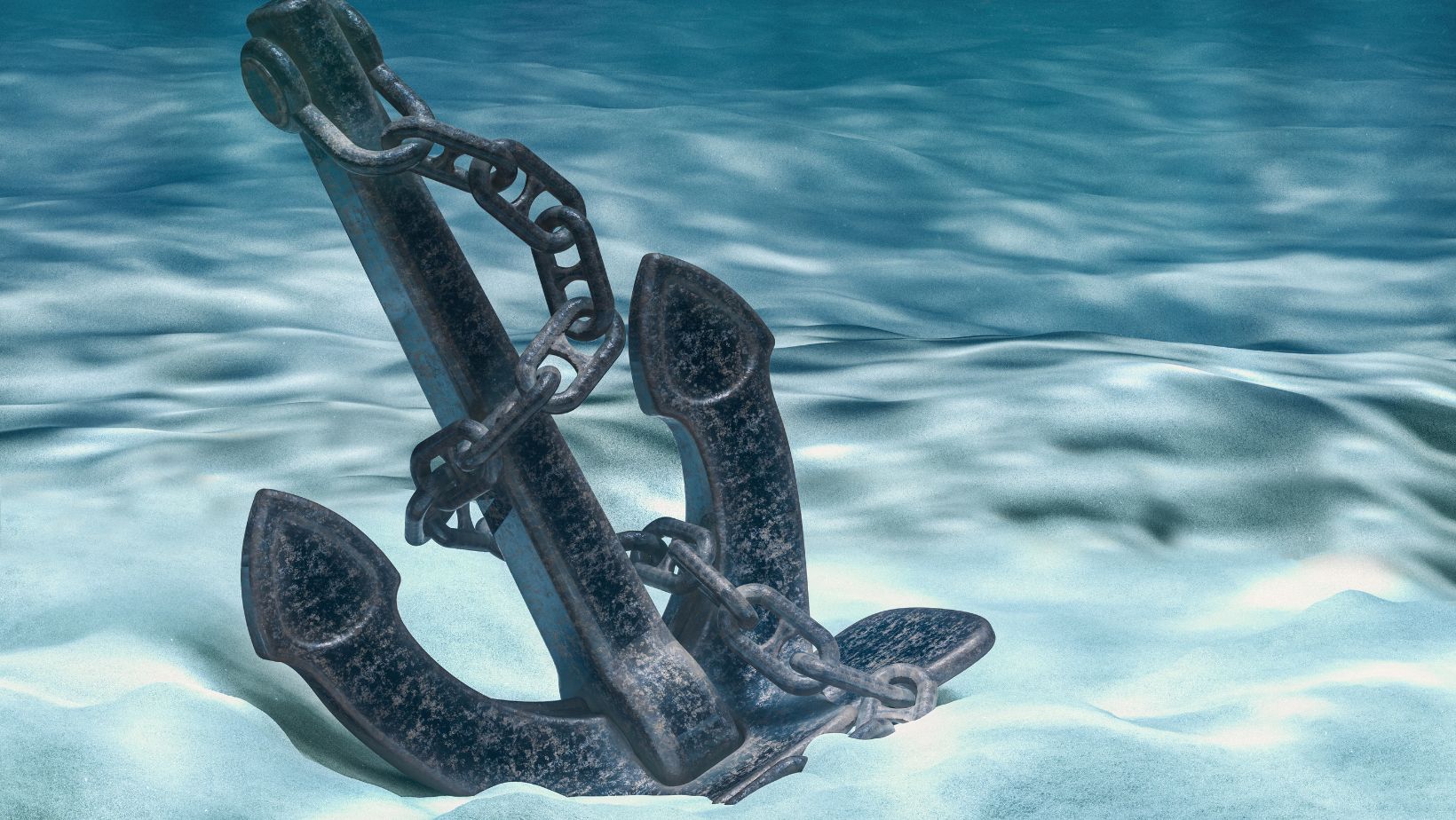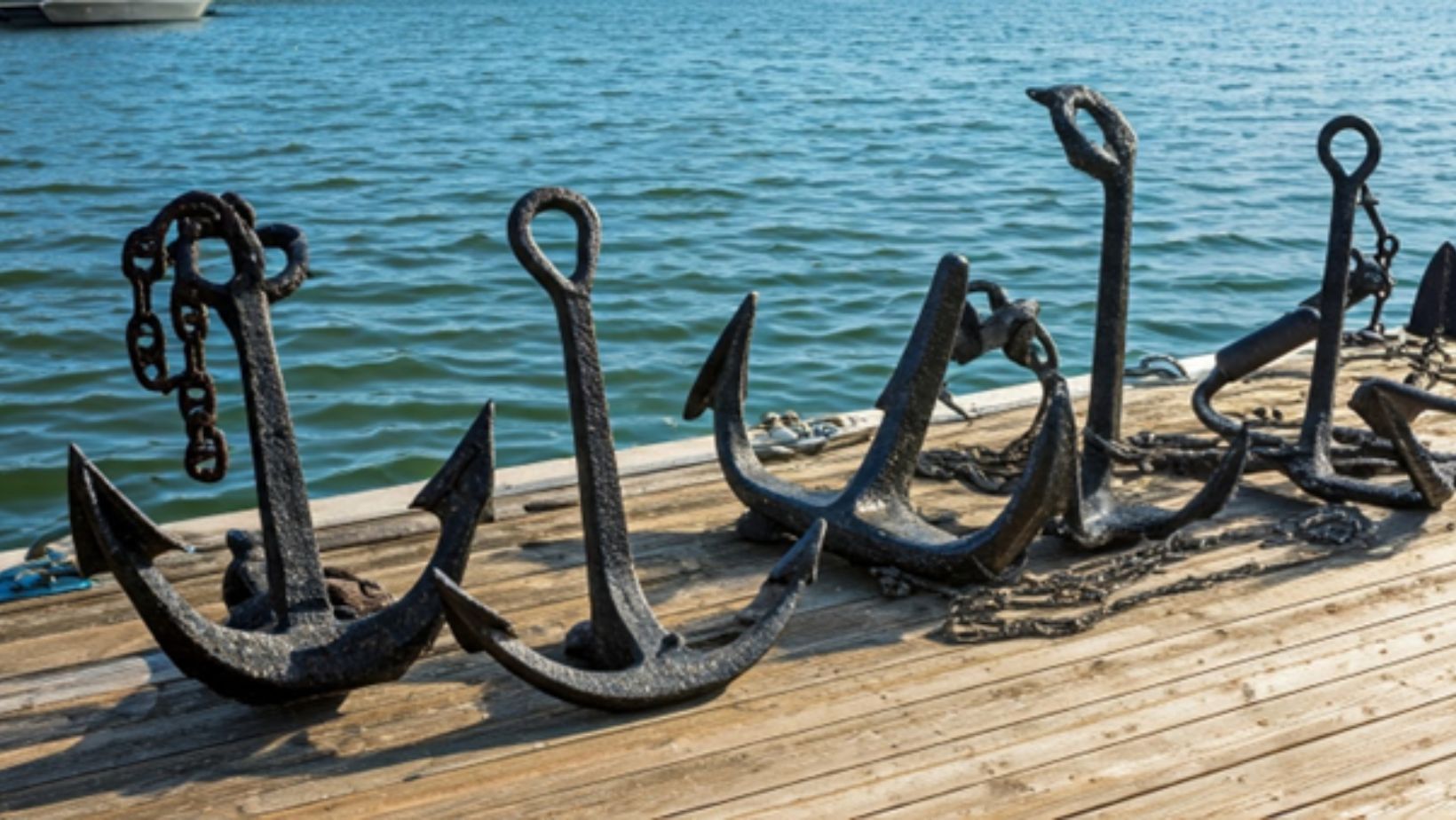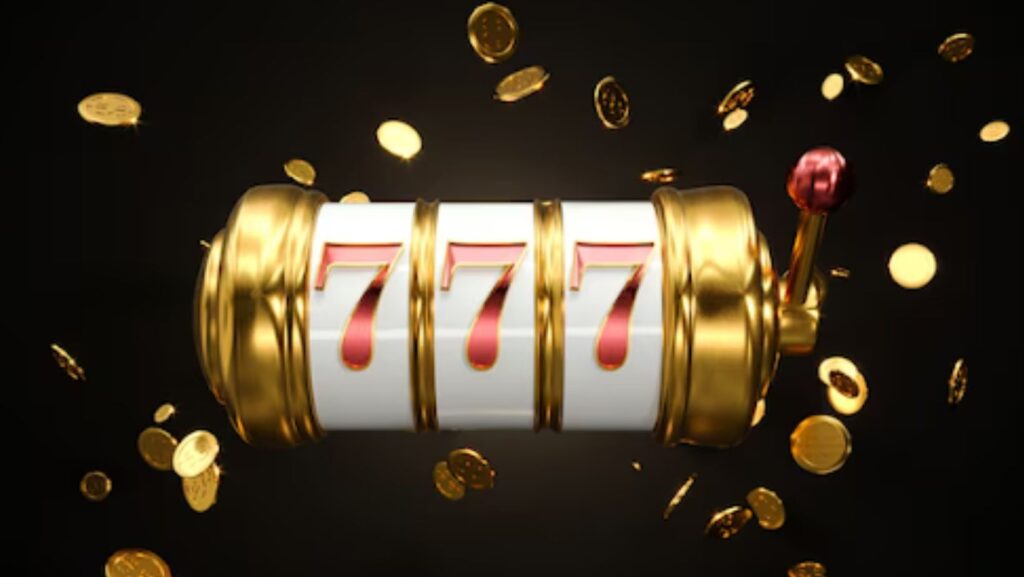Key Highlights
- Choosing the right boat anchor and accessories is crucial for safety and optimal boat performance.
- Different types of anchors cater to specific water conditions and seabed types.
- Anchor weight and size should be carefully considered based on your boat’s size and prevailing winds.
- Proper anchoring techniques vary depending on water conditions, from calm waters to rough seas.
- Regular maintenance of your anchors and accessories ensures durability and extends their lifespan.
Introduction
Welcome, viewer of our website! We made this easy guide to help you pick the right boat anchors and accessories for your boat. Please keep in mind that we try to give correct and updated information on the content of the pages of this website and the part of these terms and conditions of use for using it. However, this information is for general information only. Using this website or trusting any use of any information is at your own risk.
Essential Boat Anchors and Accessories for Optimal Performance
A good anchoring system is very important for any boat owner. It helps keep the boat stable and provides peace of mind when you are stopped on the water. Choosing the right boat anchor, ropes, connectors, and other accessories is key to having a safe and fun time on the water.
You need to know the different types of anchors. Some are better for certain water conditions and seabed types than others. It is also important to select the right size anchor based on your boat’s size.
1. Selecting the Right Type of Anchor for Different Water Conditions
Navigating boat anchors can be tricky, like finding your way in new waters. Luckily, knowing the types of anchors can make choosing one easier.
For example, a stainless steel anchor is great because it resists corrosion. This anchor works well in salty conditions. A sand anchor is good at digging into sandy bottoms, which is perfect for coastal regions.

If you’re dealing with rocky or coral seabeds, a reef anchor is the best choice. Its special design stops it from getting stuck and holds firm. This type is a favorite among anglers.
2. Importance of Anchor Weight and Size for Boat Stability
When you think about anchors, size is important. Choosing the right anchor size and weight is key to keeping your boat safely moored, especially in tough conditions.
Small boats need a small anchor that fits their weight and design. Big boats, which have a larger surface area and more windage, need a big anchor to hold them well.
If you do not choose the right anchor size, it can drag or fail. This puts your boat and everyone on it at risk.
3. Durable Ropes and Chains: Materials and Length Considerations
Choosing the right anchor is just one part of the process. It is also very important to match it with strong ropes and chains.
For smaller boats, like kayaks, a kayak anchor kit usually comes with a set length of rope. This makes it easy to use. However, for bigger boats, you have to think about the water’s depth and how tides might change when picking the length of the rope and chain.
Also, knowing what the seabed is like is key. For example, if the seabed is rocky, using a chain can help. It protects the rope from getting damaged on sharp rocks.
4. Anchor Connectors and Shackles: Ensuring Secure Attachments
Anchors, ropes, and chains work together as a strong anchoring system. They use reliable connectors and shackles. If one part of this system is weak, it can cause serious problems. What should be a calm anchorage can quickly become stressful.
Shackles are often made from strong stainless steel. They are key connections between your anchor and the rest of the system. Many boat owners choose a bow roller with a shank. This device helps in easily putting down and pulling up anchors. It usually works well with different types of anchors, such as the useful reef anchor.
Lone Star Marine has a variety of top-quality anchor connectors and shackles. These are known for being durable and dependable.
5. Maintenance Tips for Long-Lasting Anchors and Accessories
Investing in high-quality boat anchors and accessories is important. To keep them lasting long, you need to take care of them. Regular maintenance helps them work well and lasts longer. This way, you can avoid spending money on replacements later.
Start by rinsing your anchor with fresh water after using it. This gets rid of saltwater, sand, and debris that can cause corrosion. If you have a stainless steel anchor, polishing it from time to time will keep it shiny and stop harmful buildup.
Also, check your ropes and chains often for any signs of wear or damage. If you notice any issues, replace those parts quickly. This keeps your whole anchoring system safe and secure.
Navigating Through Various Anchoring Techniques
Anchoring your boat well is not just about having the right gear. It also means knowing and using different anchoring methods for various environments and weather.

If you want to enjoy calm waters or need to secure your boat during storms, understanding the right techniques will keep your boat stable and safe.
1. Traditional Holding Techniques in Calm Waters
Anchoring in calm waters seems easy, but using the right method keeps your boat safe and reduces drifting.
Start by moving to your chosen spot against the wind or current. Make sure you have enough space from other boats and any dangers. When you find a good place, slowly drive your boat upwind while letting out the anchor. This helps it settle well on the seabed.
For a tight hold, you need the right amount of anchor line. Usually, this is a length of 5:1 or 7:1 based on the water depth and your boat’s size. Good scope means the anchor can dig deep, which gives you the best holding power and stability for your boat.
2. Techniques for Anchoring in Rough Weather
Anchoring during bad weather needs extra care and special methods to deal with strong winds, waves, and currents. It is very important to find a sheltered spot. This helps reduce the effect of the elements on your boat.
Pay attention to windage. This means looking at the part of your boat that the wind hits. Make sure your anchor weight is heavy enough to deal with the stronger forces.
Using a secondary anchor, or a 4-prong kedge anchor, can greatly improve your anchor’s holding power and stability in tough conditions. However, this method requires careful handling. It’s best for experienced boaters to use it to avoid tangled lines.
3. Ideal Practices for Quick Release and Retrieval
It is important to anchor securely. However, knowing how to release and retrieve your anchor fast is just as important, especially in emergencies.
Always keep a clear path from the front of your boat to the anchor. Make sure nothing blocks its release or retrieval. If your boat has a windlass system, learn how it works. This will help you handle the anchor better and faster.
Also, mark your anchor line at regular points. This easy practice helps you see how much line you have let out. It also makes it easier to pull the anchor back, even when you can’t see well.
4. Using Different Types of Anchors for Specific Conditions
Just like you wouldn’t use a wrench to hammer a nail, using the right anchor for the seabed and water conditions, including those with lightweight characteristics, is very important for safety and good performance.
A plow anchor has sharp, pointed flukes. It works well in soft bottoms like mud and sand. Its design helps it to stand strong, even when the wind or current changes. That is why many boaters prefer it.
On the other hand, a sand anchor is great for sandy conditions. Choosing the right type of anchor for the current conditions helps to keep it secure. This reduces drag and the risks of accidents.
5. Safety Measures When Anchoring in Unknown or Uncharted Areas
Venturing into new waters and anchoring in unknown areas can bring uncertainty. This requires you to stay watchful and follow important safety steps.
Before you drop anchor, check nautical charts and navigation apps carefully. Look for possible hazards such as underwater objects, pipelines, or restricted areas. Use depth sounders to find out the water depth for your vessel. Make sure you have enough space, especially when the tide is low.

Always be careful. If you’re not sure if the seabed is safe, think about anchoring somewhere else. You can also ask local boaters who know the area for their advice.
Conclusion
When you want to shop smart for boat anchors and accessories, picking the right equipment is very important. To perform well on the water, you need to think about things like anchor types, weight, rope materials, and how to take care of them. By learning different anchoring techniques for various water conditions, you can improve the stability and safety of your boat. Keep in mind that taking care of your anchors and accessories will help them last longer, so make time for maintenance. Whether you’re out in calm waters or facing rough weather, having the right tools and knowledge will make your boating experience better. Choose carefully, stay safe, and enjoy great times on the water!
Frequently Asked Questions
What is the ideal anchor size for a small boat in Australia?
Choosing the right anchor size for a small boat in Australia depends on the boat’s size, weight, and how you plan to use it. To find the best anchor size, you can look at manufacturer guides or get help from experienced retailers. They can help you select an anchor that provides enough holding power for your specific requirements.
How to properly maintain boat anchors to prevent rust and wear?
To keep your boat anchors from rust and damage, rinse them with fresh water every time you use them. Store them properly after usage. Check them often for any signs of damage. If they are made from materials that can easily rust, apply the right protective coatings. This will help ensure they last longer and remain strong.
How do I choose the right size and type of anchor for my boat?
Picking the right size and type of anchor is important. You should think about your boat’s weight and size. Consider the kind of seabed you usually find. It’s also good to look at the expected wind and weather. This process can feel hard, but using anchor selection charts or asking an expert at BCF can make it easier and more effective.





